Introduction
In the realm of culinary spices, ginger holds a unique and esteemed position. Its aromatic, pungent, and slightly sweet flavor can elevate dishes from mundane to extraordinary. Among the various forms of ginger available, fresh old ginger, characterized by its robust texture and intense flavor, stands out as a favorite for pickling. Pickling fresh old ginger not only preserves its freshness but also amplifies its natural flavors, making it a versatile ingredient for various dishes. Whether you’re a seasoned chef or an enthusiastic home cook, learning how to pickle fresh old ginger can significantly enhance your culinary repertoire.
This guide delves into the intricacies of pickling fresh old ginger, from selecting the best ginger to the various pickling methods that yield the most delightful results. By the end, you’ll be equipped with the knowledge and skills to create your own pickled ginger at home, ready to elevate your salads, sushi, stir-fries, and beyond.
Selecting the Best Fresh Old Ginger
Before diving into the pickling process, it’s crucial to start with the best quality fresh old ginger. Here are some tips for selecting the perfect ginger:
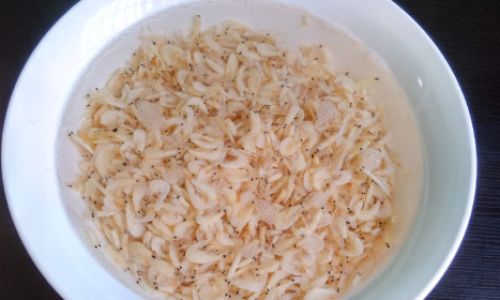
-
Appearance: Look for ginger roots that have a smooth, shiny skin with a light brown color. Avoid ginger that has wrinkles, spots, or mold, as these are signs of aging or spoilage.
-
Texture: Fresh old ginger should feel firm and heavy for its size. If it feels soft or lightweight, it may be too old or have started to dry out.
-
Aroma: Fresh ginger has a strong, aromatic scent. If the ginger lacks aroma or smells musty, it’s likely not fresh.
-
Variety: While there are several varieties of ginger, for pickling, it’s best to choose the common variety known for its strong flavor and firm texture.
Once you’ve selected your ginger, it’s time to prepare it for pickling. Start by washing the ginger thoroughly under running water to remove any dirt or impurities. Then, use a sharp knife to peel off the thin skin. Be careful not to remove too much of the flesh, as some of the flavor lies just beneath the skin.
Preparing the Ginger for Pickling
After washing and peeling, you’ll need to cut the ginger into suitable pieces for pickling. Here are a few options:
-
Thin Slices: For a delicate texture, cut the ginger into thin, uniform slices. This method is ideal for pickled ginger that will be used as a garnish or condiment.
-
Matchsticks: Cut the ginger into thin matchsticks for a crunchier texture. This shape is perfect for adding to salads or stir-fries.
-
Chunks: For a more robust texture, cut the ginger into bite-sized chunks. This method is suitable if you plan to use the pickled ginger in cooked dishes.
Once the ginger is cut, it’s essential to blanch it before pickling. Blanching helps to soften the ginger slightly and removes excess starch, which can cause the pickled ginger to become too slimy. To blanch, bring a pot of water to a boil, add the ginger pieces, and cook for about 2-3 minutes. Then, immediately transfer the ginger to an ice bath to stop the cooking process. Drain the ginger well before proceeding to the pickling step.
Pickling Methods
There are several methods for pickling fresh old ginger, each yielding a slightly different flavor profile. Here are three popular methods:
Traditional Vinegar Pickling
This method uses vinegar, sugar, and salt to create a tangy, slightly sweet pickling liquid. Here’s how to do it:
-
Ingredients:

- 1 cup rice vinegar or apple cider vinegar
- 1/4 cup sugar
- 1 tablespoon salt
- Prepared ginger pieces
-
Instructions:
- In a saucepan, combine the vinegar, sugar, and salt. Heat until the sugar and salt are fully dissolved.
- Remove the mixture from heat and let it cool to room temperature.
- Place the blanched ginger pieces in a clean, sterile jar.
- Pour the cooled vinegar mixture over the ginger, ensuring it’s fully submerged.
- Seal the jar tightly and refrigerate for at least 24 hours before using. The pickled ginger will continue to develop flavor over time, so it’s best to let it sit for a few days before enjoying.
Soy Sauce Pickling
For a savory, umami-rich flavor, try pickling ginger in a soy sauce-based marinade.
-
Ingredients:
- 1/2 cup soy sauce
- 1/4 cup mirin (rice wine) or honey
- 1 tablespoon rice vinegar
- 1 clove garlic, minced (optional)
- 1 small piece of fresh ginger, thinly sliced (for added flavor)
- Prepared ginger pieces
-
Instructions:
- In a small saucepan, combine the soy sauce, mirin, and rice vinegar. If using garlic and additional ginger, add them to the mixture. Heat until warm, then remove from heat and let cool.
- Place the blanched ginger pieces in a clean, sterile jar.
- Pour the cooled soy sauce mixture over the ginger, ensuring it’s fully submerged.
- Seal the jar tightly and refrigerate for at least 24 hours before using. Like the vinegar pickling method, the flavor will continue to develop over time.
Honey-Lemon Pickling
For a sweeter, more refreshing pickled ginger, try this honey-lemon version.
-
Ingredients:
- 1/2 cup honey
- 1/4 cup fresh lemon juice
- 1/4 cup water
- Prepared ginger pieces
-
Instructions:
- In a small saucepan, combine the honey, lemon juice, and water. Heat until the honey is fully dissolved, then remove from heat and let cool.
- Place the blanched ginger pieces in a clean, sterile jar.
- Pour the cooled honey-lemon mixture over the ginger, ensuring it’s fully submerged.
- Seal the jar tightly and refrigerate for at least 24 hours before using. This pickled ginger will have a delightful balance of sweetness and tanginess.
Storage and Usage
Proper storage is key to ensuring your pickled ginger stays fresh and flavorful. Always store pickled ginger in a clean, airtight jar in the refrigerator. It will keep for several weeks, though the flavor will continue to develop over time.
When using pickled ginger, remember that it’s a versatile ingredient. You can use it as a garnish for sushi, salads, or grilled meats. It also adds a delightful crunch and flavor to stir-fries, soups, and even smoothies. Experiment with different pickling methods and flavors to find your favorite way to enjoy this delicious, preserved treat.
Conclusion
Pickling fresh old ginger is a simple yet rewarding culinary endeavor. By following the steps outlined in this guide, you can create your own delicious pickled ginger at home. Whether you prefer a tangy vinegar-based pickle, a savory soy sauce marinade, or a sweet honey-lemon blend, there’s a pickling method to suit your taste preferences. With its preserved freshness and amplified flavors, pickled ginger is a versatile ingredient that can elevate your dishes and inspire new culinary creations. So, why wait? Gather your ingredients, roll up your sleeves, and start pickling your fresh old ginger today!

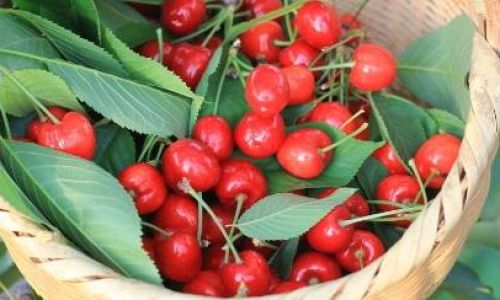
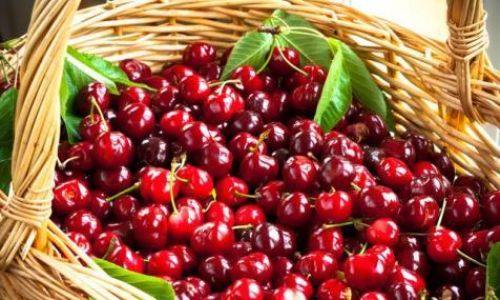
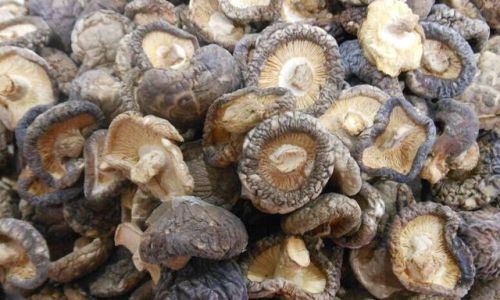
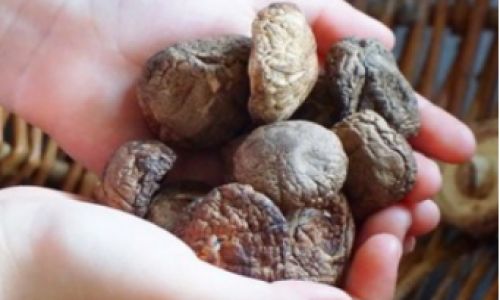
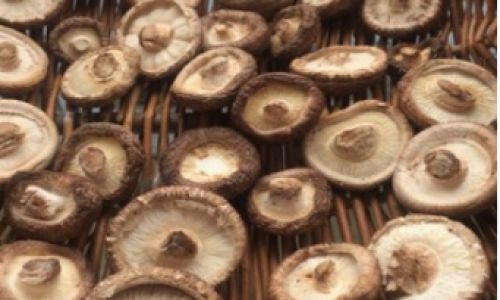
0 comments